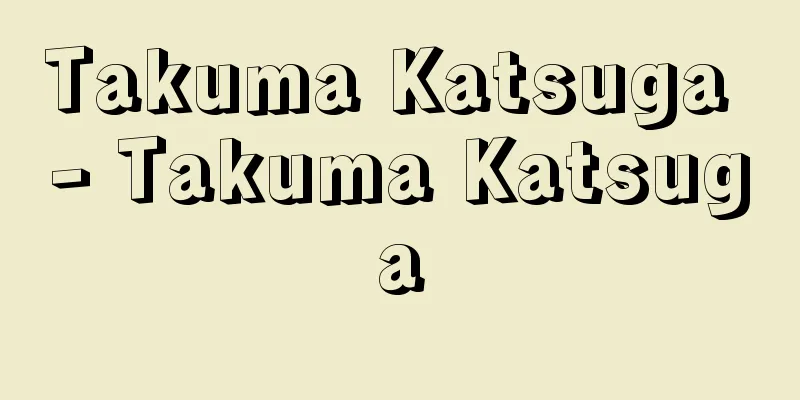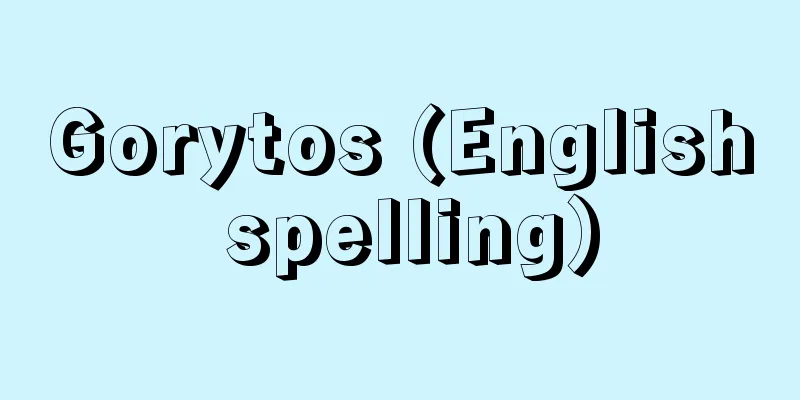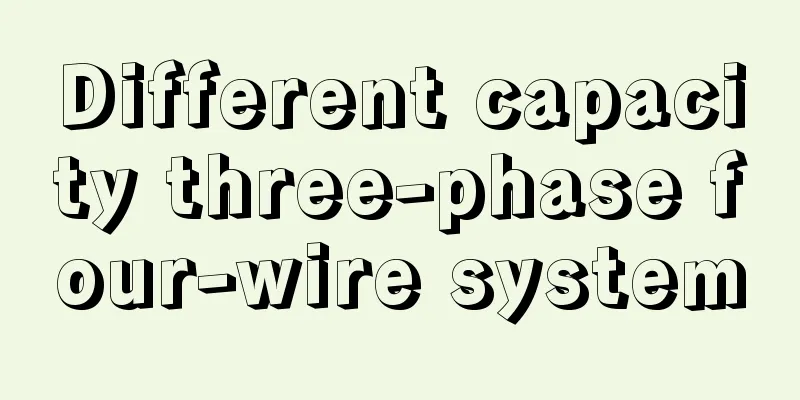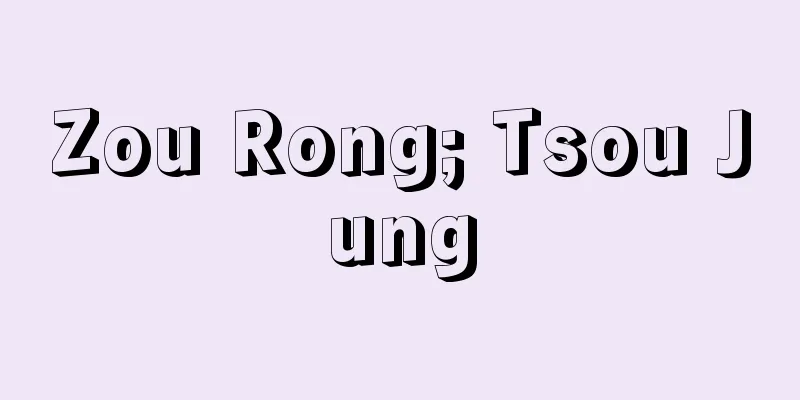Uji Bridge

|
A bridge over the Uji River that flows through Uji City, Kyoto Prefecture. Although the location of the bridge has not been the same due to changes in the river course, it was first built in the mid-7th century near the current Uji Bridge. There are related articles in the Nihon Shoki (entry for May, the first year of Emperor Tenmu's reign), Shoku Nihongi (entry for March 10, the fourth year of Emperor Mommu's reign), Nihon Ryōiki, and Teiohennenki, and in 1791, a fragment of a bridge-building monument was discovered at Hashidera Hojōin Temple on the banks of the bridge. Although it cannot be determined with certainty, the most likely theory is that Doto and Dosho (Dōshō) jointly built the bridge in 646. During the Nara period, Uji Bridge was built at the crossing point of the Uji River on the Hokuriku Road (later the Nara Kaido). According to the Nihon Shoki, during the Jinshin War, the Omi Court of Prince Otomo ordered the "bridge guards" to prevent Prince Oama's troops from passing over the bridge to transport military supplies. Even after the capital was moved to Heian, the bridge was considered important as a key entrance to the capital, and soldiers were dispatched to guard it during emergencies such as the Kusuko Incident in 810 and the Jowa Incident in 842. In ancient times, repairs were carried out by the Imperial Court, and it was stipulated that Omi Province would advance 10 planks and Tamba Province 8 planks each year (Engishiki). However, the Uji River frequently flooded, and the bridge was washed away and repeatedly rebuilt. During battles across the Uji River, the bridge planks were pulled down to prevent crossing (The Tale of the Heike, The Jōkyūki, and The Taiheiki). Major repairs since the Middle Ages include those by Eison, a monk from Saidaiji Temple in Nara, in 1286, Oda Nobunaga in 1579, and Tokugawa Ieyasu in 1599. Prior to the construction, Eison banned killing in the Uji River area and built the Ukishima thirteen-story stone pagoda upstream of the bridge. It is said that Tokugawa Ieyasu's repairs were a restoration of the bridge after its abolition by Toyotomi Hideyoshi. During the Edo period, the shogunate repaired and rebuilt the bridge as an official bridge, and Tsuen Chaya, located at the east end, served as the bridge's guardian. Uji Bridge has been featured in many poems since the Kokin Wakashu, and is also known as a utamakura (a Japanese poem that translates to "utamakura" in Japanese). →Related topicsUji Source : Heibonsha Encyclopedia About MyPedia Information |
|
京都府宇治市を流れる宇治川に架かる橋。流路の変化などにより架設位置は同じではないが,現在の宇治橋あたりに7世紀中葉に架橋されたのが最初。《日本書紀》(天武天皇元年5月条),《続日本紀》(文武天皇4年3月10日条)や《日本霊異記》《帝王編年記》に関係記事があり,1791年橋畔の橋寺放生(はしでらほうじょう)院で造橋碑の断片が発見されている。断定はできないが,646年に道登・道昭(道照)が共同で架橋したとする説が有力。奈良時代の宇治橋は北陸道(のちの奈良街道)の宇治川渡河点に架けられており,《日本書紀》によれば壬申(じんしん)の乱のとき,大友皇子の近江朝廷は〈守橋者〉に命じて大海人(おおあま)皇子方が兵粮を運ぶためにこの橋を通過するのを防がせている。平安遷都後も都への枢要な出入口に位置する橋として重要視され,810年の薬子(くすこ)の変,842年の承和の変など,非常の際には警護の兵が派遣された。古代には修造は朝廷によって行われ,敷板は毎年近江国が10枚,丹波国が8枚を進めることに定められていた(《延喜式》)。しかし宇治川はしばしば氾濫し,橋は流失,再構を繰り返した。また宇治川を挟んでの合戦の際には橋板を引き落して渡河を妨げることが行われた(《平家物語》《承久記》《太平記》)。中世以降の主な修造に1286年の奈良西大寺の僧叡尊によるもの,1579年の織田信長によるもの,1599年の徳川家康によるものがある。叡尊は工事に先立ち宇治川一帯の殺生を禁じ,宇治橋上流に浮島(うきしま)十三重石塔を建立している。徳川家康の修造は豊臣秀吉による廃絶後の復旧と伝える。江戸時代には幕府が修理ないしは造替(ぞうたい)する公儀橋となり,東詰にある通円(つうえん)茶屋が橋守を務めた。宇治橋は《古今和歌集》以降,多くの歌に詠まれ,歌枕としても知られた。 →関連項目宇治 出典 株式会社平凡社百科事典マイペディアについて 情報 |
<<: Ujibashi San-no-Ma - Ujibashi San-no-Ma
Recommend
Pipe - Can
[1] [noun] ① A thin, hollow rod. A fruit. A pipe. ...
Fruit (plant) - kajitsu
The pistil of an angiosperm flower develops after...
Adonitoxin
…The whole plant is used as a medicinal herb for ...
Generation division - Shirowake
The distribution of the catch to all participants....
β-galactosidase - Beta-galactosidase (English spelling) β-galactosidase
A type of enzyme that breaks down sugar. It hydrol...
Order of the Garter
…the most representative British order. The Knigh...
Machairodus
...It became extinct around 8000 years ago, in pa...
Solar radio waves
The sun emits electromagnetic waves over a wide f...
Presence equalizer
...Changes in frequency characteristics in sound ...
Playful Nembutsu - Asobi Nembutsu
...On July 7th, graves are cleaned and bones are ...
Ishmael - Ishmael
…The Jews and Christians also distorted and conce...
"Kokuhei Kouki" - Kinhira Kouki
…There are also noteworthy detailed historical re...
Rise time
…Usually abbreviated as IC, it is defined as “a c...
Daemonorops propinquus (English spelling)
… [Takeo Kiuchi]. … *Some of the terminology expl...
nalukatoku
...This figure is almost the same as that of an 8...









